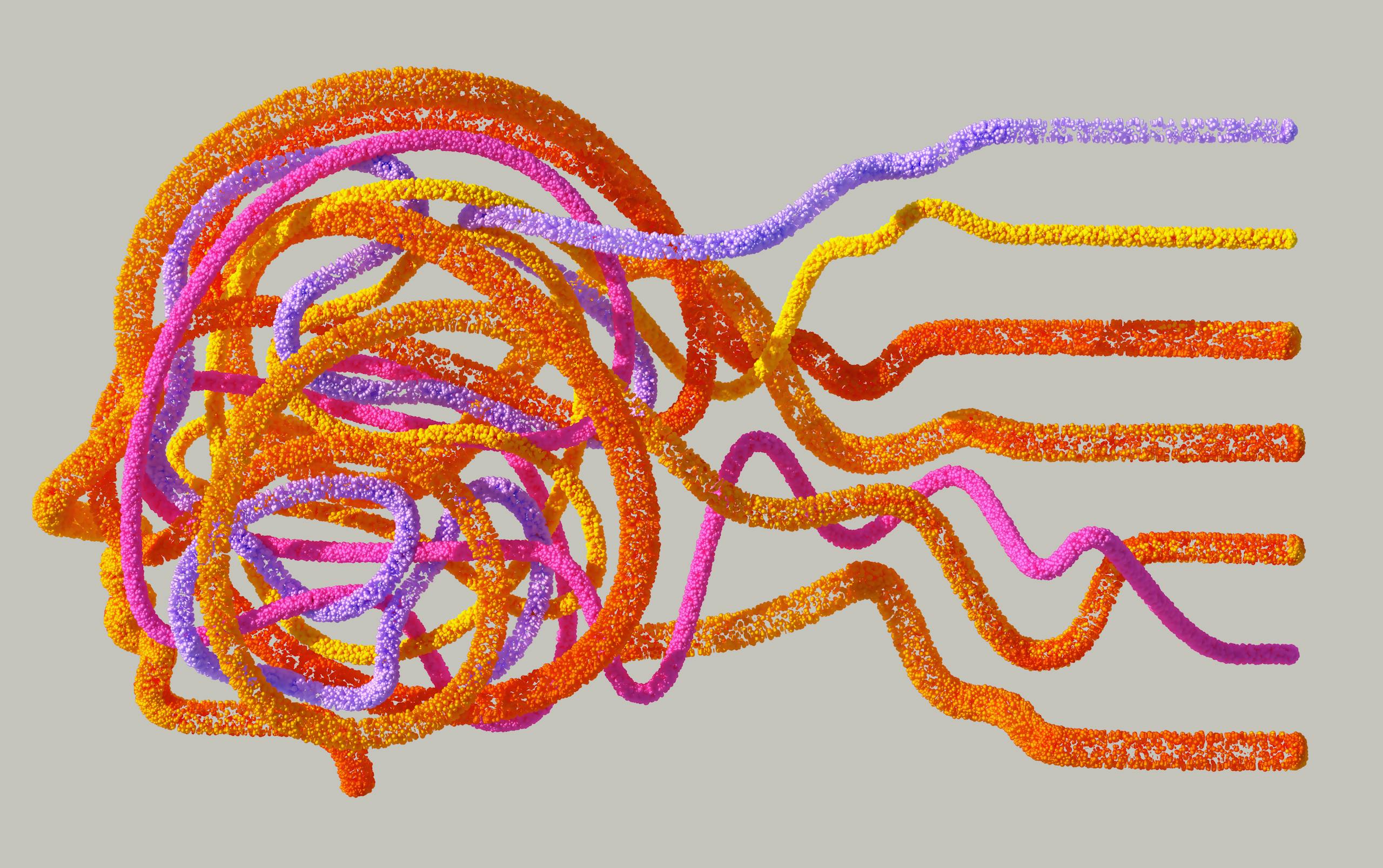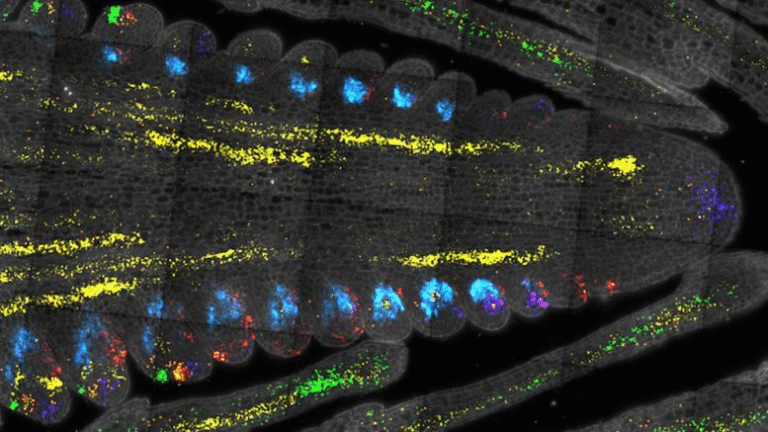Scientists Finally See Parkinson’s “Trigger” in the Human Brain — A Breakthrough Decades in the Making

For the first time, scientists have directly observed the microscopic protein clusters suspected to trigger Parkinson’s disease, offering unprecedented insight into how the condition begins and spreads through the human brain. This major step forward could transform our understanding of the world’s fastest-growing neurological disorder and potentially open the door to early diagnosis and future treatments.
The discovery comes from a collaborative effort between researchers at the University of Cambridge, UCL (University College London), The Francis Crick Institute, and Polytechnique Montréal. Their work, recently published in Nature Biomedical Engineering, describes a new imaging method that makes the previously invisible alpha-synuclein oligomers visible for the first time in human brain tissue.
These tiny, unstable protein clusters have long been thought to be the real culprits behind the damage that leads to Parkinson’s symptoms. Until now, though, scientists could only infer their existence indirectly. With this breakthrough, they can now visualize, count, and analyze these elusive structures directly — a leap that researchers have compared to “seeing stars in broad daylight.”
From Lewy Bodies to Oligomers: The Long Search for the True Cause
For more than a century, Parkinson’s disease has been diagnosed by the presence of Lewy bodies — large, dense deposits of misfolded proteins that accumulate inside neurons. These structures are easily visible under a microscope and are considered the defining hallmark of the disease.
But there’s a problem. Lewy bodies represent where the disease has already struck, not where it begins. They show the aftermath, not the trigger.
For years, scientists have suspected that smaller, earlier-forming structures called alpha-synuclein oligomers might be the real agents of destruction. These oligomers are clumps of a naturally occurring brain protein called alpha-synuclein, which, when it misfolds and aggregates, can disrupt cellular processes and lead to neuronal death.
The challenge? These oligomers are only a few nanometers in size — far too small and faint to be detected using standard microscopy. Their weak signals were always drowned out by background noise from other cellular materials.
That is, until now.
Introducing ASA-PD: A New Window Into the Brain
The Cambridge-led team developed an advanced imaging system called ASA-PD, short for Advanced Sensing of Aggregates for Parkinson’s Disease. This ultra-sensitive technique uses a specialized form of fluorescence microscopy capable of detecting and analyzing millions of individual protein aggregates in post-mortem brain tissue.
In simple terms, ASA-PD makes it possible to see individual protein clusters one by one — something that had never been possible in human brain samples before.
The method dramatically boosts signal sensitivity while reducing background interference, allowing scientists to visualize even the faintest traces of oligomers. The researchers compared this level of clarity to suddenly spotting stars that were always there but hidden by daylight.
Using ASA-PD, the team examined post-mortem brain tissue from Parkinson’s patients alongside samples from healthy individuals of similar ages. The results were remarkable.
What the Scientists Found
The study revealed that alpha-synuclein oligomers exist in both healthy and Parkinson’s brains. This finding is critical because it means the mere presence of these protein clusters isn’t what causes disease — it’s how they behave and evolve that matters.
In Parkinson’s brains, the oligomers were larger, brighter, and more numerous than those in healthy brains. Their increased size and intensity suggested a direct link to disease progression, supporting the long-standing theory that these small, misfolded aggregates drive the damage that leads to Parkinson’s symptoms.
The researchers also discovered a special subclass of oligomers that appeared only in Parkinson’s patients and not in healthy controls. These could represent the earliest visible markers of the disease — possibly forming years before symptoms appear. If confirmed, this finding could revolutionize early diagnosis, giving doctors a way to identify and monitor Parkinson’s before motor symptoms like tremors, stiffness, or slowness develop.
How the Technique Works
ASA-PD relies on a combination of single-molecule fluorescence microscopy and advanced background suppression. Essentially, it uses fluorescent labeling to tag alpha-synuclein molecules and special chemical treatments (including Sudan Black, a fluorescence quencher) to reduce unwanted background light that normally hides weak signals.
This approach enables scientists to detect oligomers at the nanoscale and map where they are located in brain tissue — even in specific cell types or regions.
In this study, the team applied ASA-PD to the anterior cingulate cortex, a brain region involved in emotion and decision-making that is often affected early in Parkinson’s. They analyzed over a million nanoscale aggregates from this area, comparing patterns between Parkinson’s patients and healthy individuals.
The technique produced what researchers called a “molecular atlas” of alpha-synuclein across the brain — a detailed map showing where, how many, and what types of protein clusters exist in diseased versus healthy tissue.
This kind of spatial insight is invaluable because it helps pinpoint where the disease begins, how it spreads, and which cell types are most affected.
Why This Matters
This is more than just a technical feat — it could fundamentally reshape how Parkinson’s disease is understood.
Until now, research into Parkinson’s has largely relied on post-mortem analysis of Lewy bodies, providing only static, late-stage snapshots of the disease. But ASA-PD brings scientists much closer to observing the active process that starts the cascade of neurodegeneration.
If certain oligomer types are confirmed as early, disease-specific markers, researchers could use this technique to develop diagnostic tools that detect Parkinson’s before major brain damage occurs. That would allow interventions at a much earlier stage — when therapies could be far more effective.
It also offers new opportunities for drug development. By understanding how oligomers form and interact with neurons, scientists could design treatments that target the earliest toxic forms of alpha-synuclein before they grow into larger aggregates or kill brain cells.
The Bigger Picture: What Is Parkinson’s Disease?
Parkinson’s disease is a progressive neurodegenerative disorder that affects movement, balance, and coordination. It develops when dopamine-producing neurons in a region of the brain called the substantia nigra begin to die.
Dopamine is a key neurotransmitter that controls smooth, coordinated muscle movements. As dopamine levels fall, people with Parkinson’s develop symptoms such as tremors, rigidity, slowness of movement (bradykinesia), and postural instability.
Beyond motor symptoms, Parkinson’s can also cause non-motor issues like depression, sleep disturbances, cognitive decline, and changes in speech or handwriting.
Globally, Parkinson’s affects over 10 million people, and that number is expected to rise dramatically in the coming decades. In the UK alone, around 166,000 people are currently living with the disease, and worldwide cases may reach 25 million by 2050.
While existing treatments — like levodopa and dopamine agonists — help manage symptoms, there is still no therapy that can slow or stop disease progression. That’s why breakthroughs like ASA-PD are so important: they open new avenues for understanding and targeting the root biological cause.
The Role of Alpha-Synuclein
Alpha-synuclein is a small, naturally occurring protein abundant in the brain, especially at the ends of neurons where it helps regulate neurotransmitter release. In healthy brains, it exists in a soluble, flexible form that easily folds and unfolds as needed.
But under certain conditions — such as oxidative stress, genetic mutations, or chemical imbalances — alpha-synuclein can misfold and stick to itself, forming aggregates. These can grow from small oligomers to larger fibrils and eventually to Lewy bodies.
The smaller oligomers are particularly dangerous because they can insert into cell membranes, disrupt normal cellular processes, and even spread between cells, effectively propagating the disease throughout the brain.
This is why being able to see and measure oligomers directly is such a huge milestone. It allows researchers to track how these toxic species form and evolve, something that’s been impossible until now.
Looking Ahead
The study’s authors emphasize that this is just the beginning. The new imaging technique will now be used to explore how oligomers differ across brain regions, how they correlate with disease severity, and whether similar processes occur in other neurodegenerative disorders like Alzheimer’s and Huntington’s disease.
They also plan to refine the method for earlier detection, potentially adapting it for use with living brain tissue or advanced imaging of cerebrospinal fluid — steps that could bring this technology closer to clinical application.
As with all major discoveries, there are still caveats. The results are based on post-mortem tissue, and while that provides valuable insight, it doesn’t capture the full dynamics of living brains. Researchers must also confirm whether the Parkinson’s-specific oligomers they identified are unique to this condition or shared with other diseases that also involve alpha-synuclein buildup.
Nonetheless, the breakthrough represents a technological and scientific leap. After decades of indirect inference, scientists can finally observe what may be the earliest biological signature of Parkinson’s disease — right where it starts, in the human brain itself.
Research Reference
Paper Title: Large-scale visualization of α-synuclein oligomers in Parkinson’s disease brain tissue
Published in: Nature Biomedical Engineering (31 September 2025)





